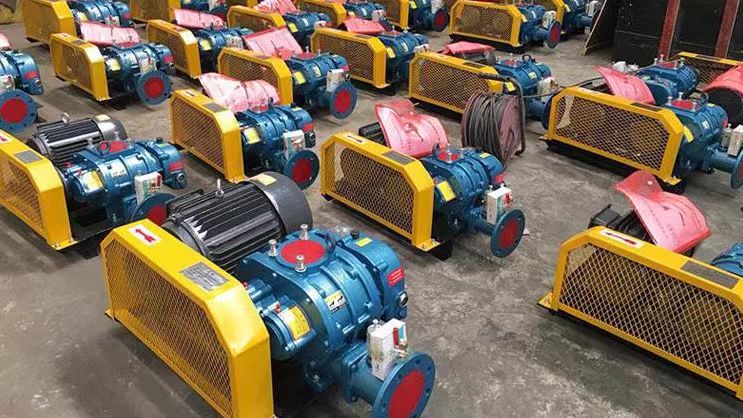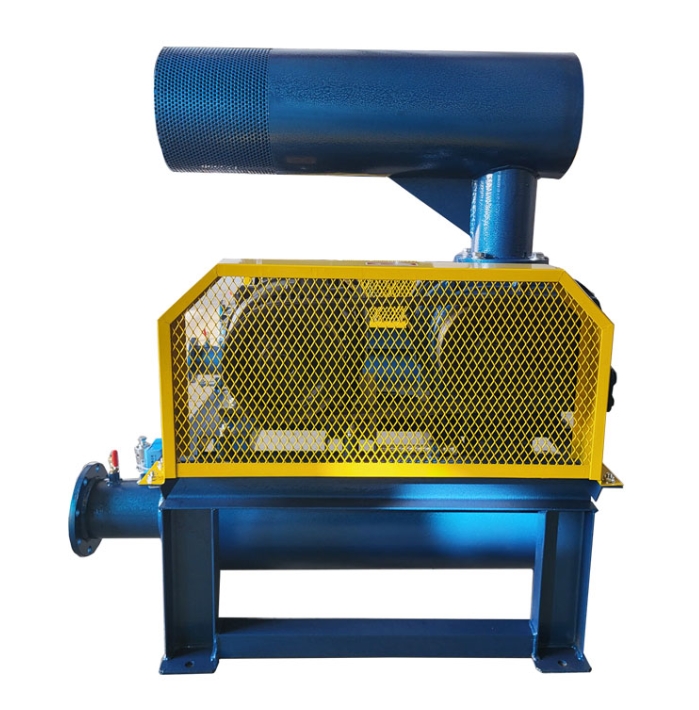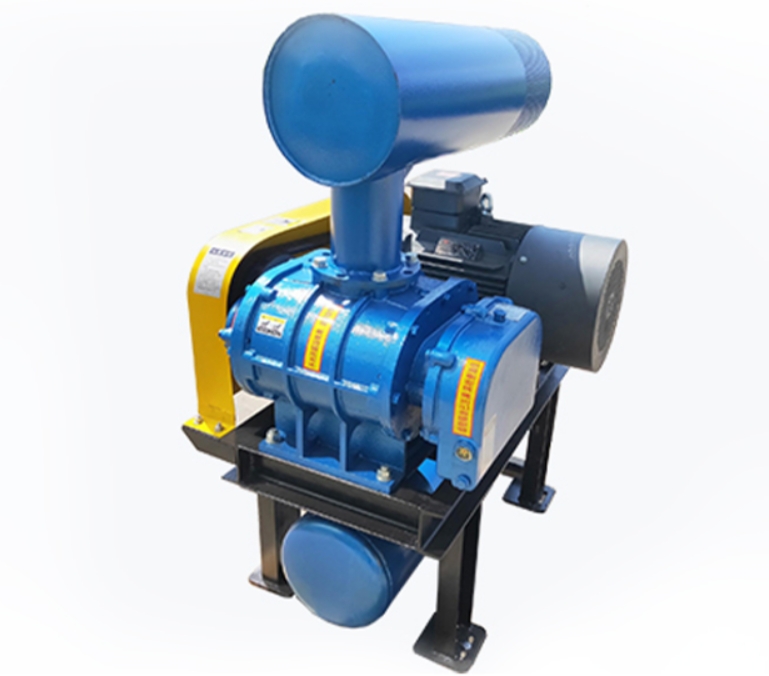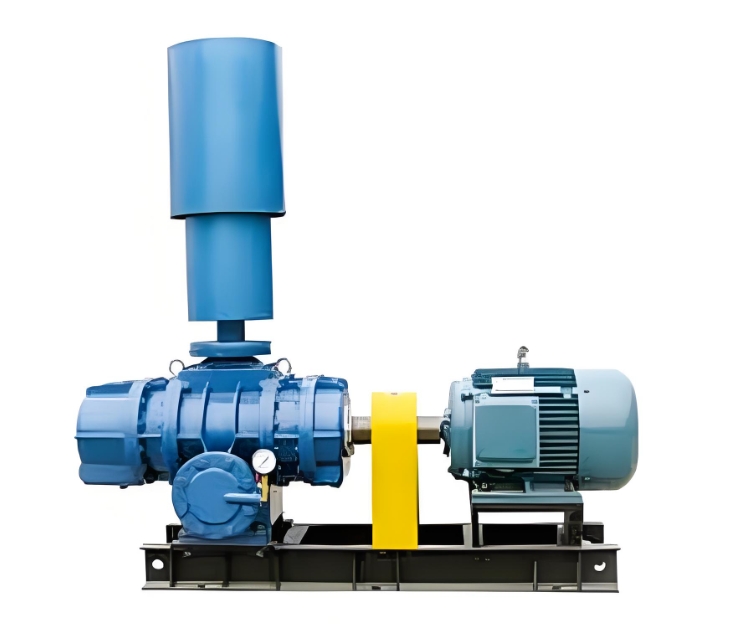Aeration fan: the core power equipment of water treatment system

Aeration fan is an essential key equipment in water treatment systems. Its main function is to inject air into the water, increase the dissolved oxygen content in the water, and create a suitable growth environment for aerobic microorganisms. This type of equipment plays an important role in fields such as sewage treatment, aquaculture, and river management.
Working principle and equipment type
The aeration fan works based on the principle of gas transportation, compressing and transporting air into water through mechanical means. According to different working principles, it can be mainly divided into the following types:
Positive displacement fans transport gas through the rotational motion of the rotor inside the cavity, and have the characteristics of stable output pressure and constant air volume. This type of equipment is suitable for situations where water depth is large and stable gas volume is required. Centrifugal fans use high-speed rotating impellers to generate centrifugal force to transport gas, and have the characteristics of large air volume and smooth operation, making them suitable for large-scale sewage treatment projects. Suspended fans use magnetic levitation or air suspension technology, non-contact transmission, and have the advantages of high efficiency and low noise, making them a new type of energy-saving product.
Performance characteristics and advantages
The aeration fan has several significant characteristics: firstly, the equipment operates stably and reliably, and can work continuously for a long time; Secondly, the air volume and pressure can be adjusted according to the process requirements, making the operation flexible; In addition, modern aeration fans generally adopt energy-saving designs, effectively reducing operating costs; At the same time, the device has a compact structure, occupies a small area, and is easy to install and maintain.
In terms of environmental protection, the aeration fan also performs well: adopting an aeration system significantly improves oxygen utilization efficiency; The operating noise has been effectively controlled and meets environmental protection requirements; Oil free design ensures the purity of the transported air and avoids secondary pollution.
Application field
Aeration fans are mainly used in the following fields:
Wastewater treatment industry: In processes such as activated sludge and biofilm, oxygen is provided to microorganisms to promote the decomposition of organic matter. In the field of aquaculture: increasing the dissolved oxygen in water through oxygenation systems, improving the aquaculture environment, and increasing aquaculture density. Industrial wastewater treatment: providing aeration for biochemical treatment units in various industrial wastewater treatment processes. River and lake management: used to improve the water environment and enhance the self purification capacity of water bodies.
Selection precautions
The selection of a suitable aeration fan needs to consider the following factors: the required air volume is determined by the treatment water volume and water quality characteristics. The water depth and resistance of the aeration system affect the selection of fan pressure. The operational efficiency of equipment is related to long-term energy consumption costs. The selection of equipment types is limited by the installation environment conditions. Maintenance requirements affect the lifecycle cost of equipment.
Suggest conducting detailed calculations based on actual needs and consulting with professionals. At the same time, the scalability of the equipment should be considered to reserve space for possible future production expansion.
Maintenance suggestions
To ensure the long-term stable operation of the aeration fan, the following maintenance work needs to be done: regularly check the operating status of the equipment and record the operating parameters. Replace lubricating oil and filters on time to maintain the equipment in good condition. Clean the cooling system to ensure effective heat dissipation. Check the transmission system to ensure smooth operation. Establish equipment files and improve maintenance records.
development trend
With the increasing demand for energy conservation and environmental protection, aeration fans are developing towards automation and intelligence. The new type of aeration fan generally adopts motors and optimized design, significantly reducing energy consumption. The intelligent control system can achieve aeration and further improve oxygen utilization efficiency. The remote monitoring function provides convenience for device management. Modular design makes installation and maintenance easier.
In short, as the core equipment of water treatment systems, the performance of aeration fans directly affects the treatment effect and operating costs. Users should choose suitable products based on their actual needs and establish a comprehensive maintenance system to ensure the performance of the equipment. Through scientific selection and standardized maintenance, processing efficiency can be effectively improved and operating costs can be reduced.





